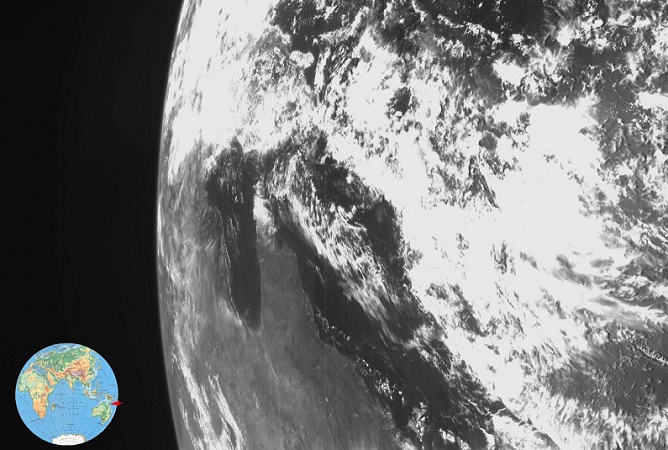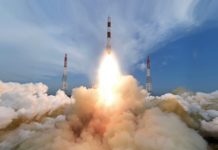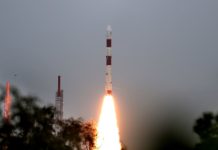India’s space agency ISRO will attempt to launch its second lunar Chandrayaan-2, in April this year, with a launch window that will last until October.
Additionally, ISRO’s new Chairman, Dr. K Sivan, declared that the total cost of the mission, including launch, will amount to about US$125 million, with a mission duration of 1 year. This is approximately a third more than ISRO’s first lunar mission in 2008, Chandrayaan-1, which cost less than US$90 million but which was far less complex.
Unlike the first mission, which comprised a lunar orbiter and an impactor, Chandrayaan-2 will carry an orbiter, a lander and a rover. It will aim to achieve a soft landing on the lunar south pole between the craters Manzinus C and Simpelius N. The mission will focus on studying lunar mineralogy and subterranean ice, with secondary scientific objectives including studying the lunar exosphere and seismology.
The orbiter will carry 6 payloads: an Orbiter High Resolution Camera (OHRC), a Soft X-ray Spectrometer (CLASS), an L and S band Synthetic Aperture Radar (SAR), an Imaging IR Spectrometer (IIRS), a Neutral Mass Spectrometer (ChACE-2), and a Terrain Mapping Camera-2 (TMC-2). Meanwhile, the lander will carry 4 payloads comprising a seismometer, thermal probe, Langmuir probe, and a radio occultation experiment, and the rover will carry two spectroscopes. All payloads have been developed within India, mostly by ISRO divisions and affiliated institutions.
Chandrayaan-2 will be launched on a Geosynchronous Satellite Launch Vehicle (GSLV Mk II), and will have a mass of approximately 3,000 kg. If it occurs on schedule in April, it will be 2018’s first lunar mission, followed by China’s Chang’e 4, which will probably occur in the second half of the year.








Pretty cheap though.. compare to hollywood films budgets